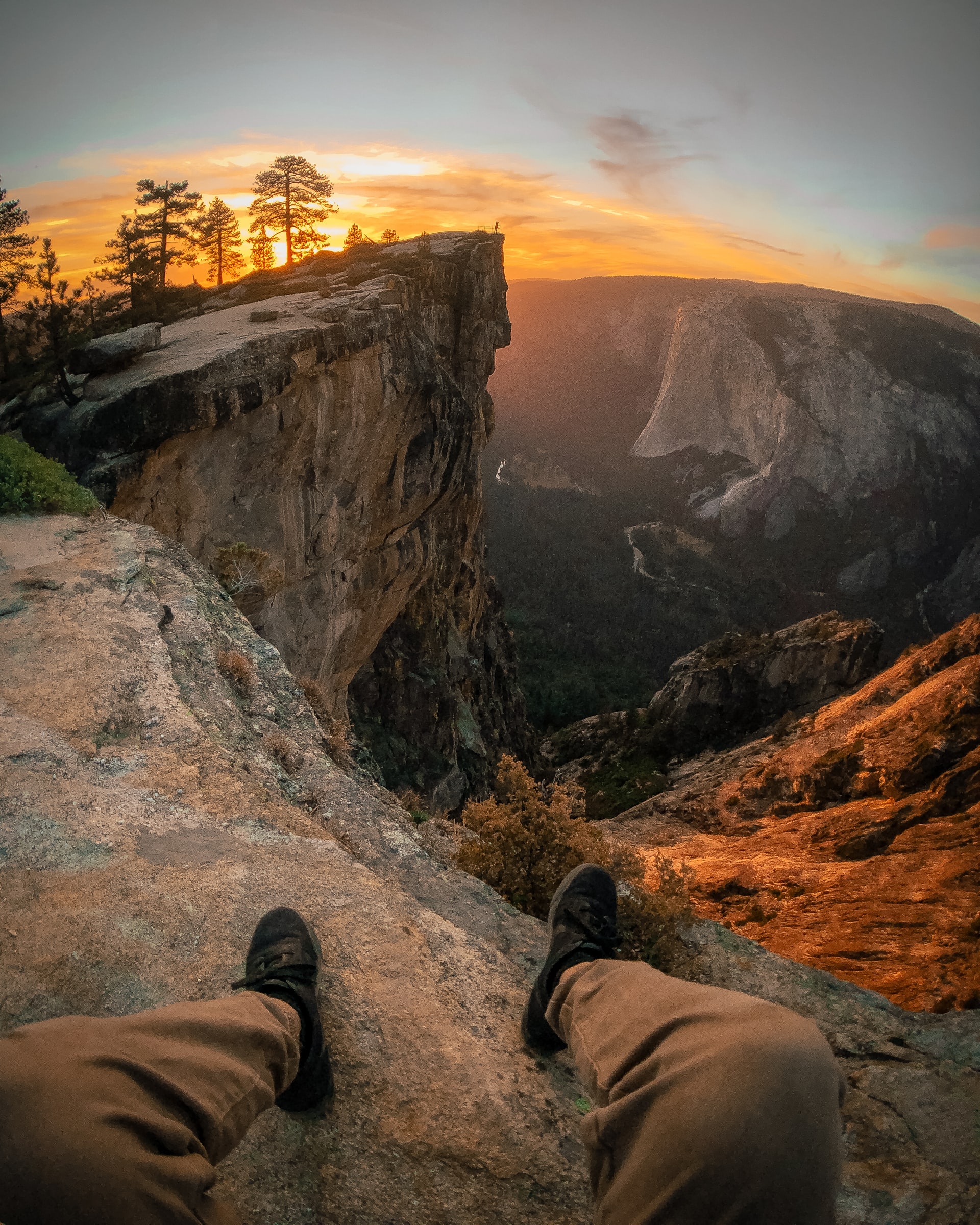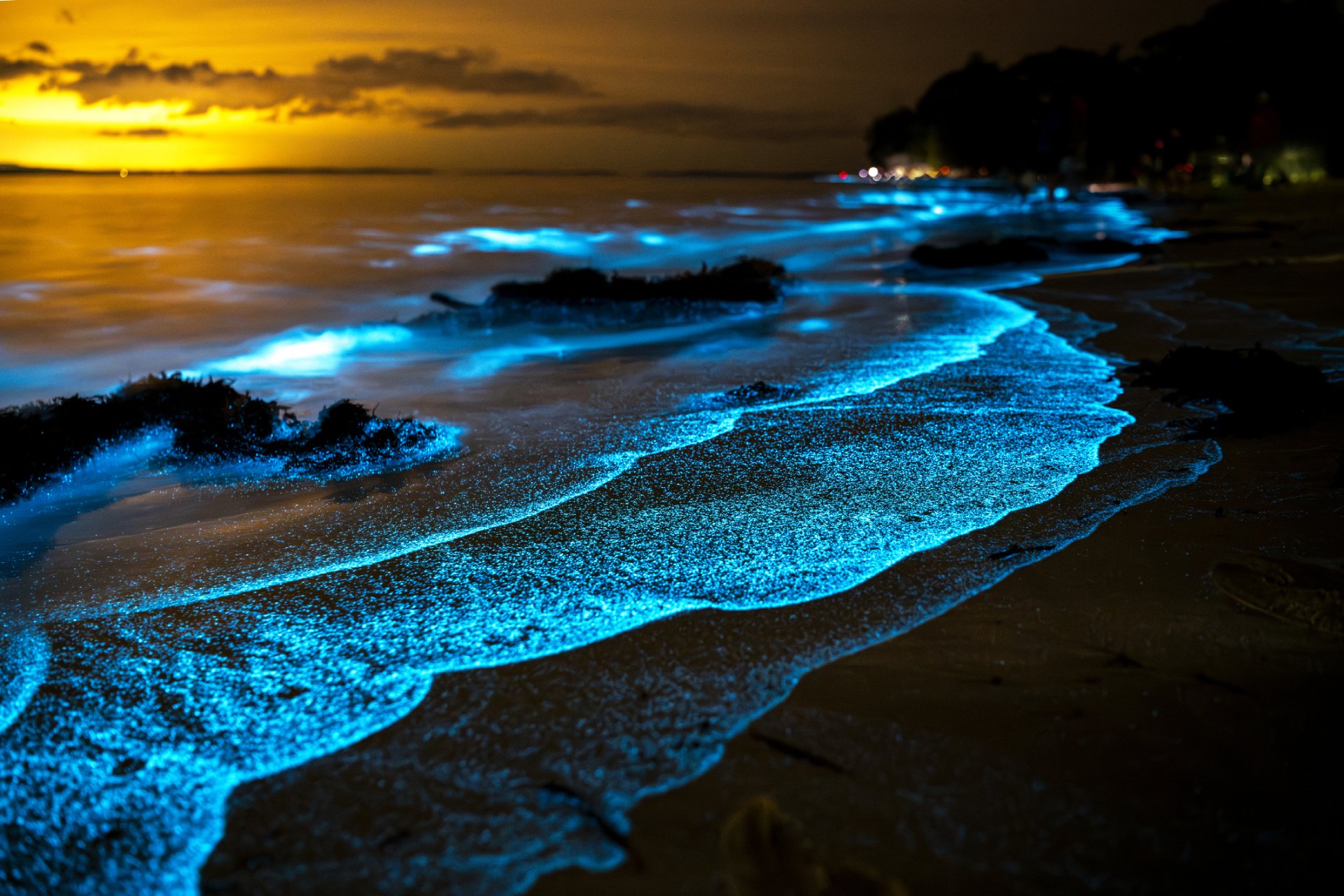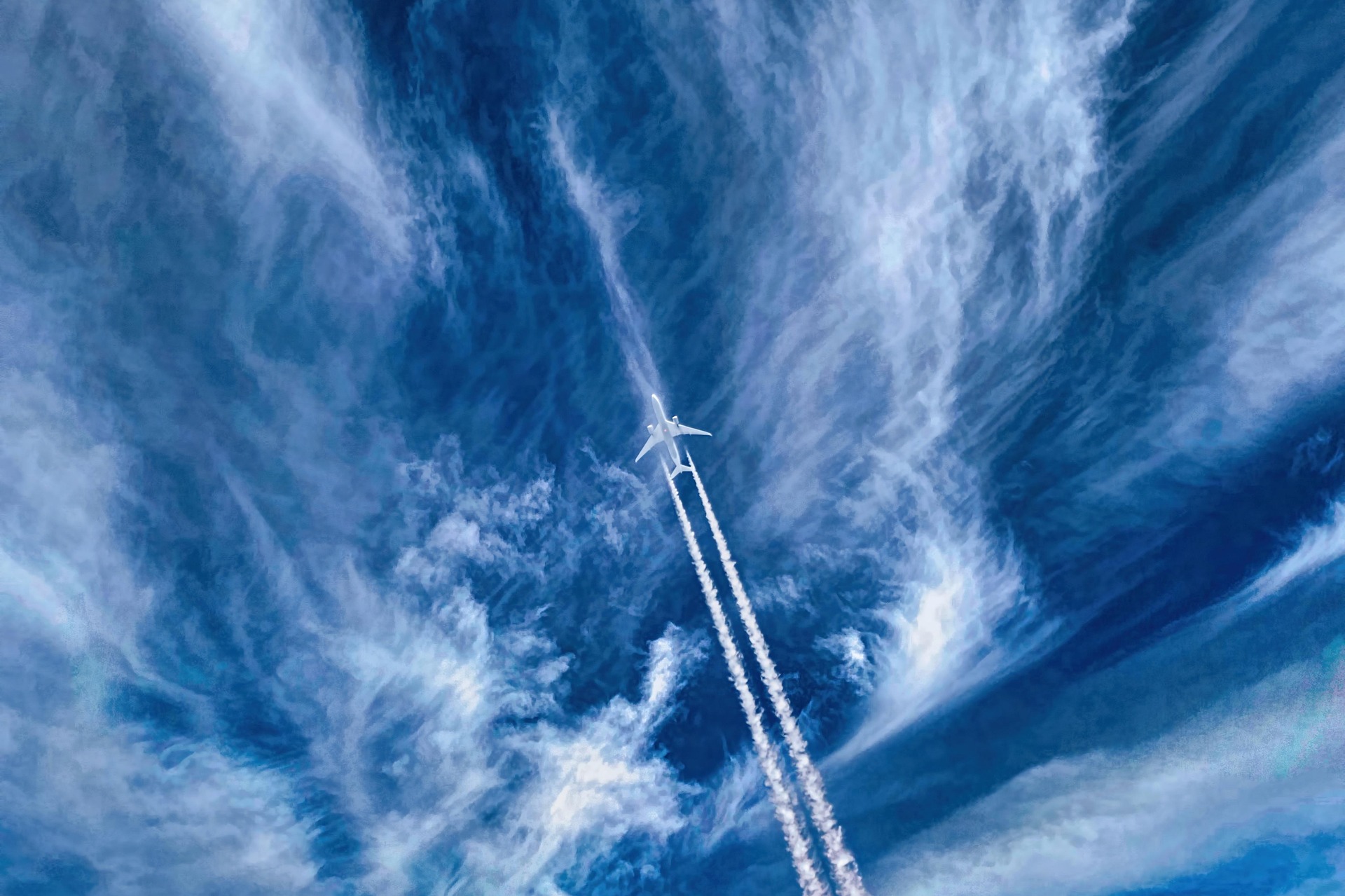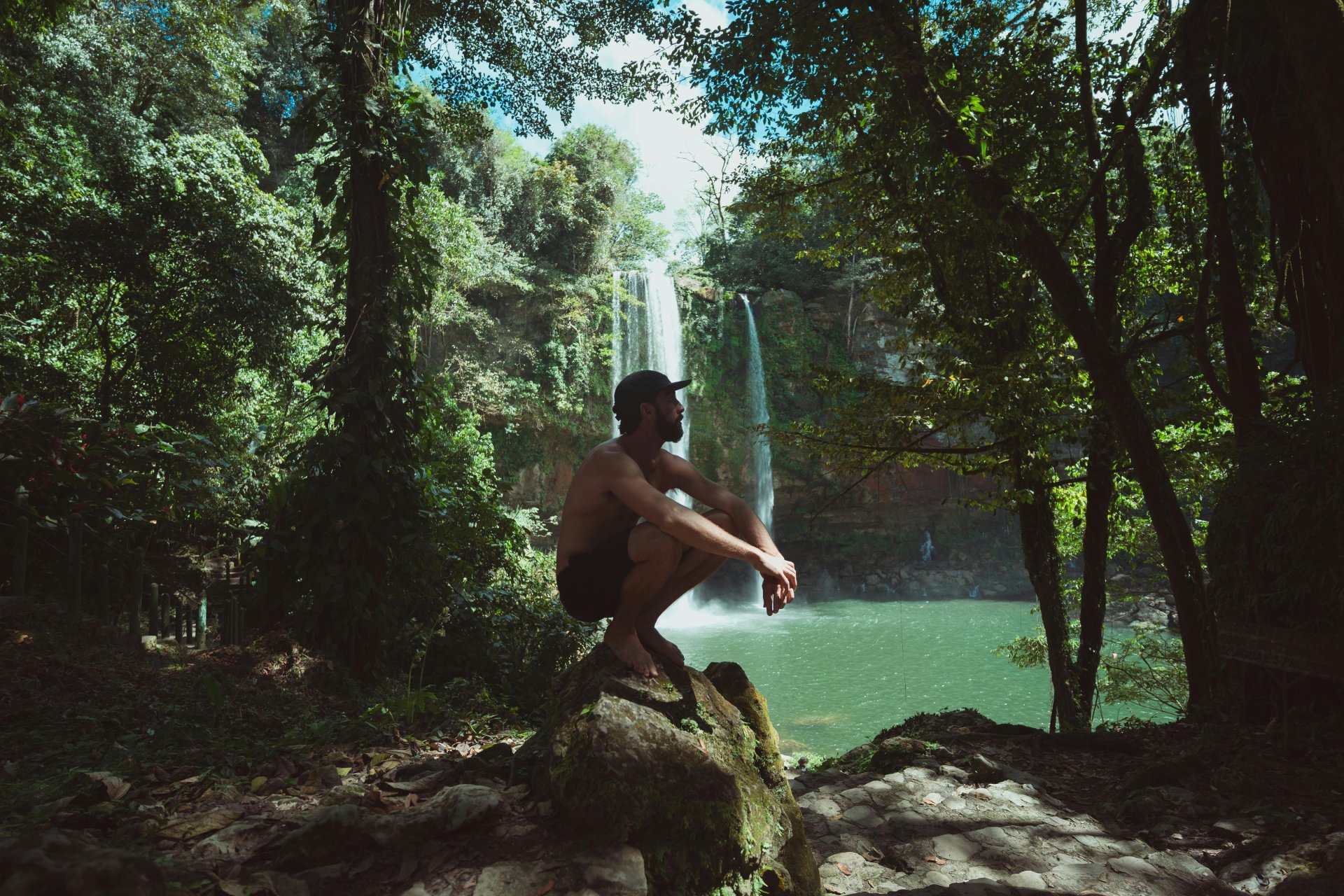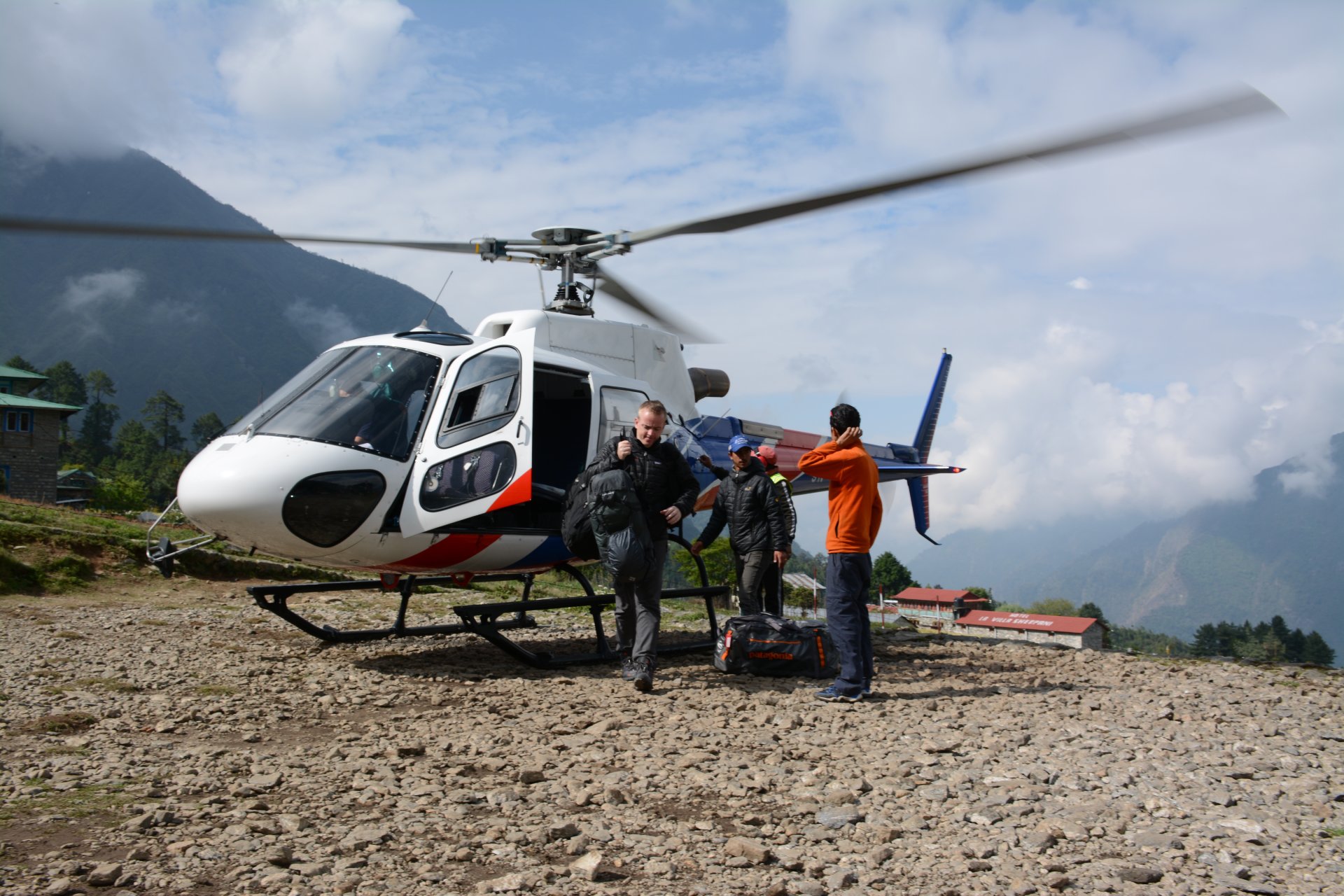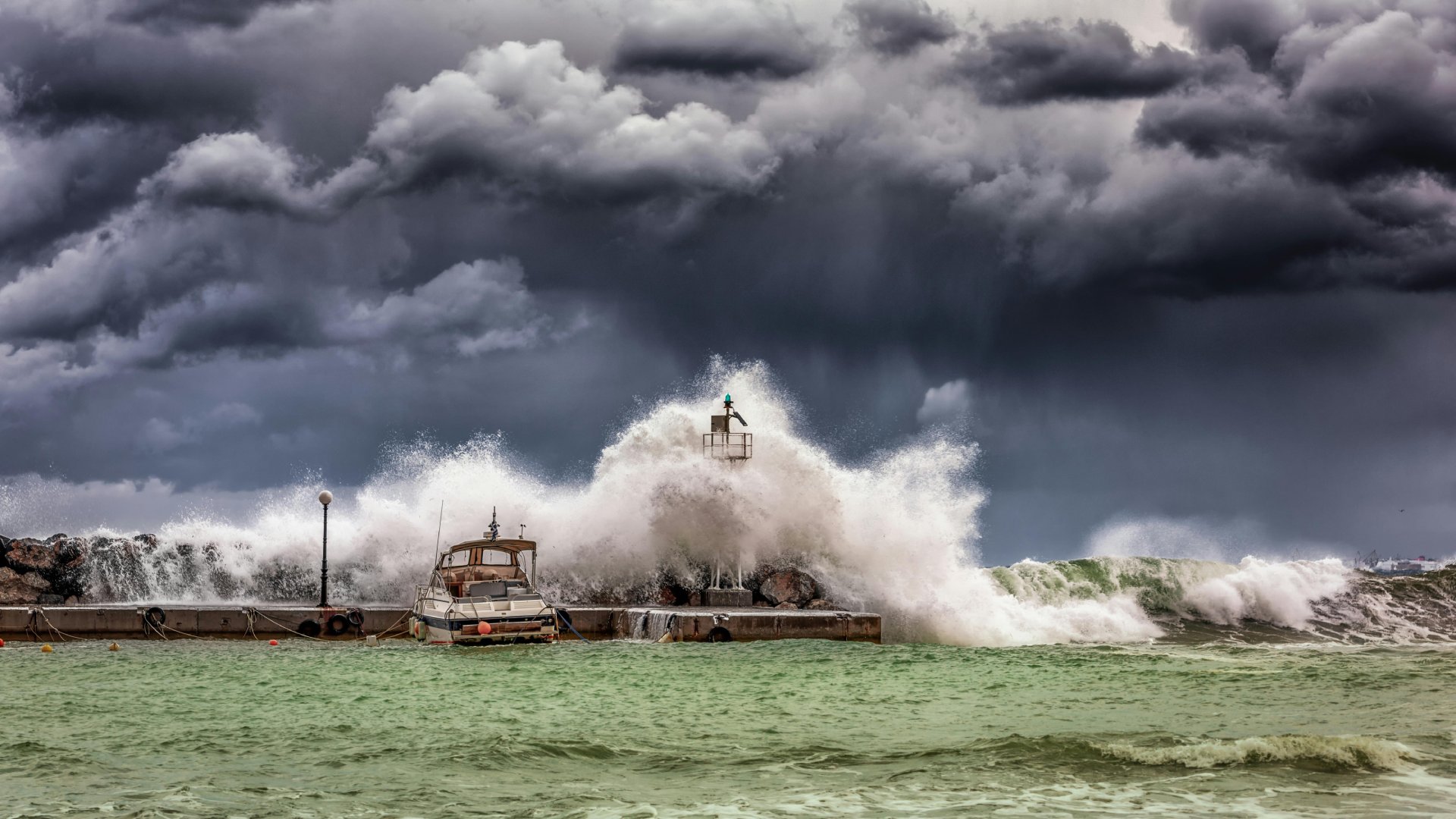To ensure a safe visit to a national park, it is wise to do some research before heading out. Here are recommendations from Global Rescue experts and Safe Travel partners.
From scenic panoramas as a backdrop to outdoor activities to refuges for threatened species, national parks are good for your body, your mind and the environment.
According to National Park Service data, there were more than 327 million recreation visits to national parks in the United States in 2019. U.S. residents continued to visit all 63 national parks during the pandemic to enjoy safe, socially distant activities. According to The New York Times, the increase of visitors in some parks was upward of 90% over the previous year. There’s also been a high demand for reserving national park camping reservations online.
“People have this great yearning to visit national parks,” said Jim Sano, a Global Rescue advisor who was on Yosemite National Park’s Search and Rescue team for 14 years. “It’s a bucket list item for many adventure travelers.”

Safety Saves Lives
The National Park Service manages 423 protected areas and monuments covering more than 85 million acres in all 50 states, the District of Columbia, and U.S. Territories.
“If you also include the national wilderness areas managed by the National Park Service, U.S. Forest Service, Bureau of Land Management, and U.S. Fish and Wildlife Service, there are 800 designated land and water protected areas covering 11 million acres,” Sano said.
Yosemite National Park, where Sano worked as a park ranger, is considered one of the crown jewel national parks.
“There are 4½ million visitors a year, including nearly 60,000 overnight backpackers,” Sano said. “In an average year, there are approximately 250 search and rescue missions, 850 medical assists, 500 vehicle accidents and, tragically, 15 to 20 fatalities.”
Some of the most visited park units have dedicated search and rescue teams and medical facilities. In most remote parks, the primary response personnel are dedicated local law enforcement and fire department professionals and volunteer search and rescue groups.
“All park visitors, regardless of the level of their outdoor experience, should read and heed the park’s safety recommendations. Some parks, such as Aniakchat National Monument & Preserve, the recommendations could include satellite communication devices and medical assistance and evacuation services,” Sano said. “Doing so can save lives. A recent incident in a less-visited NPS unit, Death Valley National Monument, might have been prevented had the couple fully heeded the park’s safety recommendations.”
New Parks and New Apps
The National Park Service has a free app with information on all 420+ parks. Type in the name of the park and you’ll be brought to a page with information on fees, self-guided tours, hiking trails, visitors’ center locations, restrooms and where to park. At the top of each park profile, there are safety alerts such as bridge closures, entrance availabilities and weather advisories. You can download content for use offline to guide your travel experience.
If you’re interested in the newest additions to the national park system, the app provides information on both. The New River Gorge National Park and Preserve in West Virginia is the newest addition to the National Park family. Established in 2021, this national park and preserve includes more than 70,000 acres of land along the river which showcase the cultural and natural history of the area. There’s whitewater rafting with Class III to Class V rapids on the Lower Gorge and hiking trails ranging from 1/4 mile to 7 miles with views of waterfalls, historic coal towns and gorge overlooks.
White Sands National Park in New Mexico was established in December 2019, shortly before the pandemic. It’s known for its “great wave-like dunes of gypsum sand” which cover 275 square miles of desert, creating the world’s largest gypsum dune field. The park preserves a major portion of this unique dune field, along with the plants and animals living there. There are five established hiking trails as well as three sledding areas where you can use a plastic saucer to sled down beautiful soft sand.
National Park Safety
Depending on which park you visit, what time of year, how far into the park you explore and what activity you are planning, you’ll have different safety risks.
New River, for example, is a high-volume river with swift currents, deep holes and a rocky bottom. Water levels can change daily and conditions in even familiar areas can change quickly. If you’re on the water or even near the water in New River, wearing a life jacket is advised.
Because the sun reflecting off the white sands is intense, White Sands injuries frequently involve heat exhaustion and dehydration. You won’t need a life jacket, but you will need a hat, sunscreen and sunglasses — even in the winter. You should also plan a visit when the sun is lower: early morning or late afternoon.
Safety notices on the National Park website and app are specific to the park. You’ll see water safety advice for New River and dehydration warnings for White Sands.
“At Yosemite, we gave visitors a brochure with all kinds of safety tips, including a guide for avoiding bears. But this information may not be needed in some parks,” Sano said.
“For adventurers heading into the Colorado high country in Rocky Mountain National Park, we get our hikes started early in the morning. We do this so we can be off the mountain by early afternoon,” said Brian Hamilton, founder of Skyblue Overland and Global Rescue Safe Travel partner. “We don’t want to be above the tree line in the afternoon because thunderstorms and hazardous lightning are a daily occurrence.”
To ensure a safe visit to any national park, it is wise to do some research before heading out.
“I never visit the backcountry without checking the weather forecast first,” Hamilton said. “Our backcountry guides typically provide the appropriate links to the nearby weather and snow depth locations.”
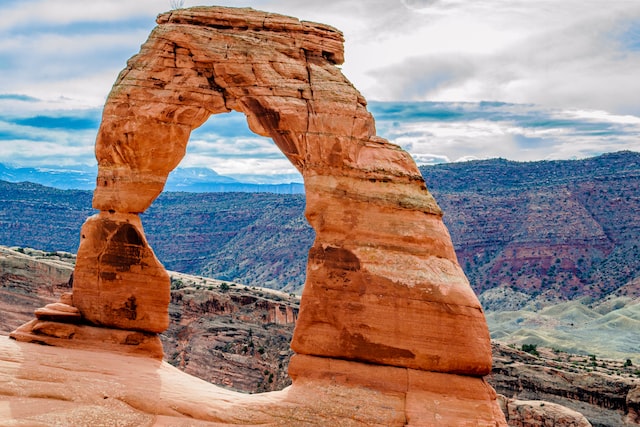
Here are seven more recommendations.
1. Check in online.
Because of the pandemic and staffing shortages, always check to make sure the park is open. The National Park Service website provides a searchable map of parks open to the public. If you are using the new app, closures will be listed under alerts and conditions.
Many parks require an online reservation for day passes. (The app does not have this functionality yet.) Reservations are a way to limit visitors and maintain to social distancing protocols as well as decrease staffing needs during the pandemic. If you’re camping, the park may offer first-come, first-serve availability or have an online camping reservations with various fees.
AAA, North America’s largest motoring and leisure travel organization and Global Rescue Safe Travel partner, offers comprehensive travel guides and tour options for national parks, including the Grand Canyon.
2. Talk to park rangers.
It may not be possible at Yosemite National Park, with 25,000 visitors a day and one visitor center staffed by three rangers. But if you are going to a less visited national park, perhaps off season, a stop might garner useful information. According to National Geographic Travel, the national park staff have a wealth of knowledge which they are more than willing to share.
3. Plan for variable weather.
Wrangell St. Elias National Park and Preserve, located in Alaska, covers an area of 13.2 million acres and three climatic zones. The park contains coastline, high mountains and icefields and the interior climate has long, cold winters and short, dry summers. The National Park Service recommends wearing layers that can be added or removed as conditions change.
4. Dress appropriately.
“Every time I visit a national park, I see people hiking on challenging hiking trails in tennis shoes and sandals,” Hamilton said.
Depending on the national park, safe exploration requires more than just appropriate footwear.
“At higher elevations, snow stays on the trails as late as early June and returns in early September,” said Hamilton. “When hiking on icy trails, traction spikes and trekking poles are essential.”
5. Drive safely.
“The signs are there for a reason,” Sano said. “Auto accidents are among a significant proportion of fatalities. Visitors may not be used to driving on mountain roads or have a collision with an animal.”
6. Have access to communication.
You probably have a cell phone; make sure it is fully charged and protected from the weather. This will be enough if you are “close to the front country,” said Sano. “But if you step beyond the boundary, you may encounter true wilderness in some parks.”
Consider buying or renting a satellite phone. There are various satellite communications devices available that don’t rely on cell tech, including satellite tracking and messaging devices where you can send a 160-character text messages or emails to anyone. You can also activate an SOS feature notifying an emergency coordination center of your location and emergency.
Satellite technology will also be important during visits to least-visited, remote national parks. The Aniakchak National Monument and Preserve in Alaska is very clear with its instructions: “You’re on your own. This is the number one message preserve visitors must know and apply to their visit to Aniakchak….Visitors must be self-reliant and able to execute self-extraction and communication, should an emergency situation arise.”
“When search and rescue resources are limited, you really need Global Rescue with you,” Sano said.
7. Sign up for a travel protection membership.
Due to the pandemic, rescue response to injuries may be delayed and nearby medical service providers may be limited. A travel protection membership will provide the peace of mind needed for adventure travel to any national park. It certainly came in handy for a Global Rescue member injured on a holiday weekend climb. The ranger station was closed due to COVID-19 but his friend was able to call Global Rescue who facilitated his medical evacuation with local authorities.

